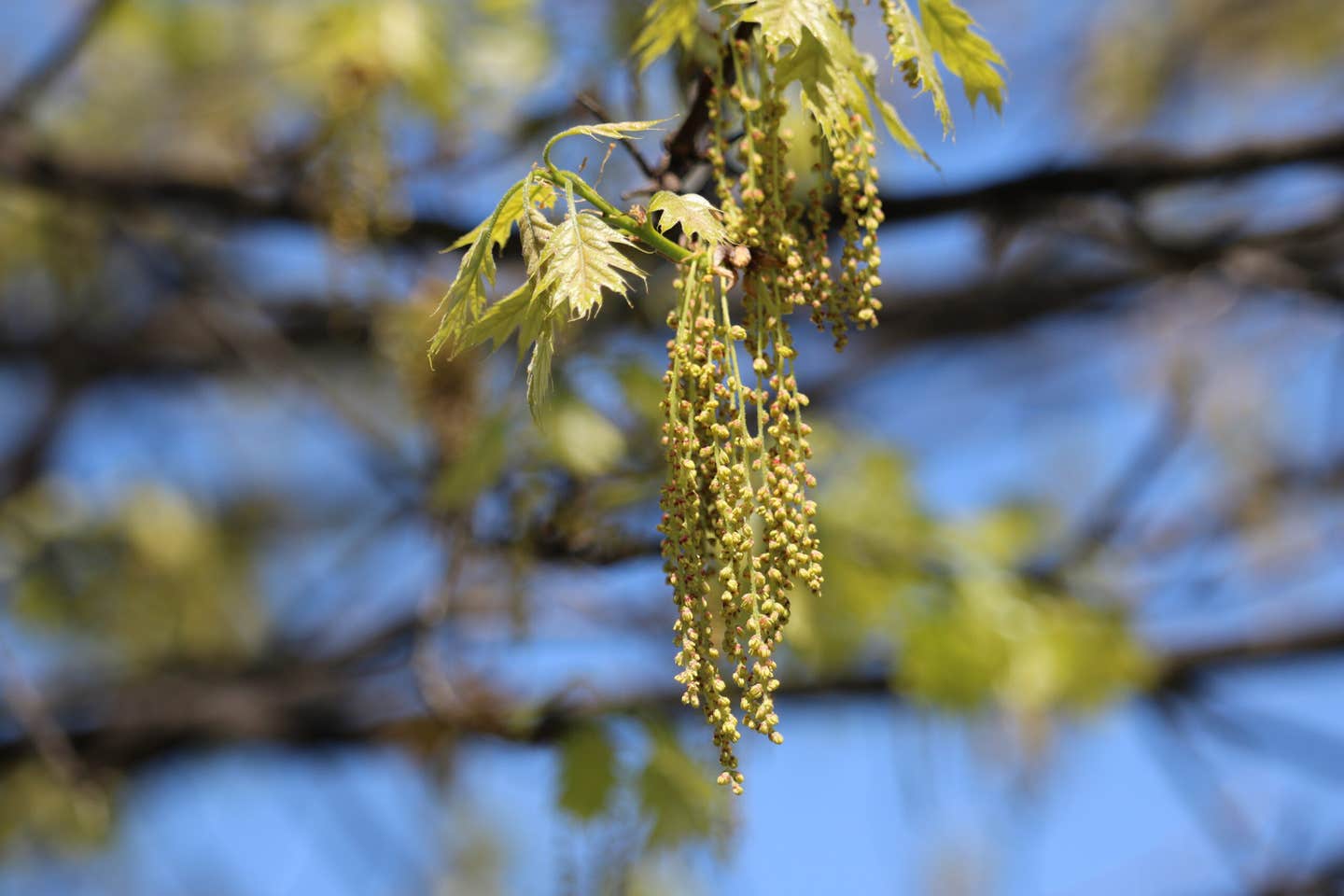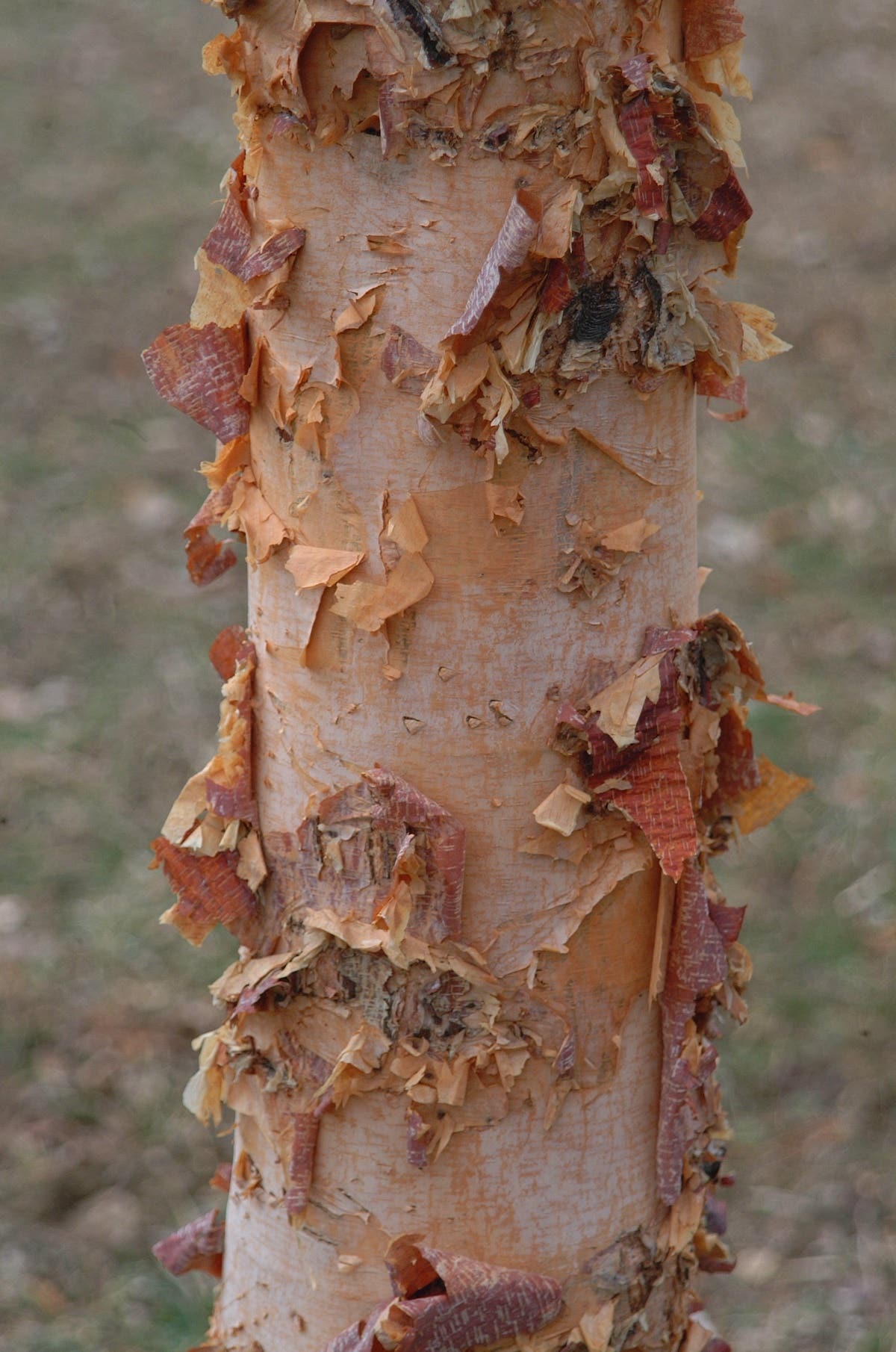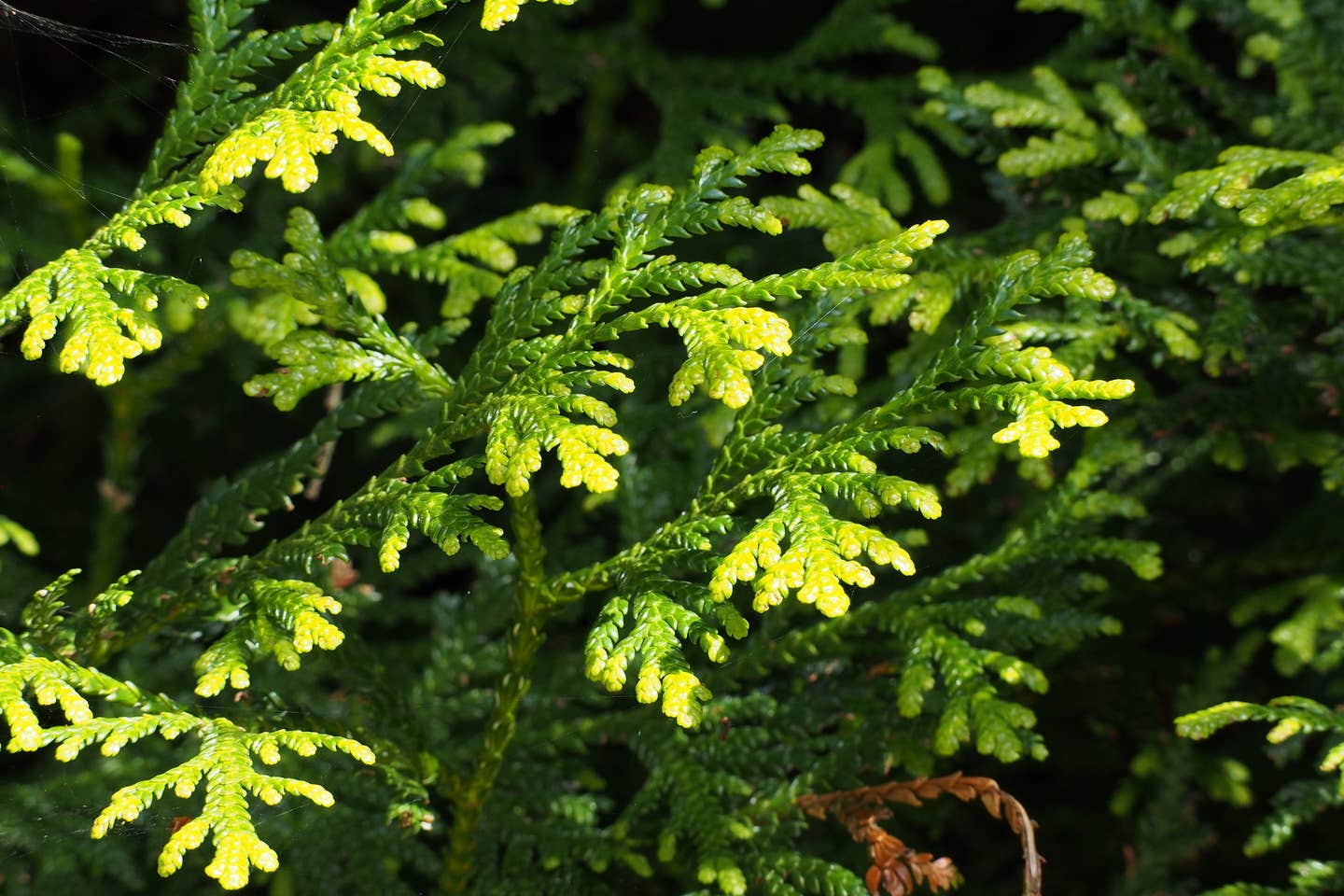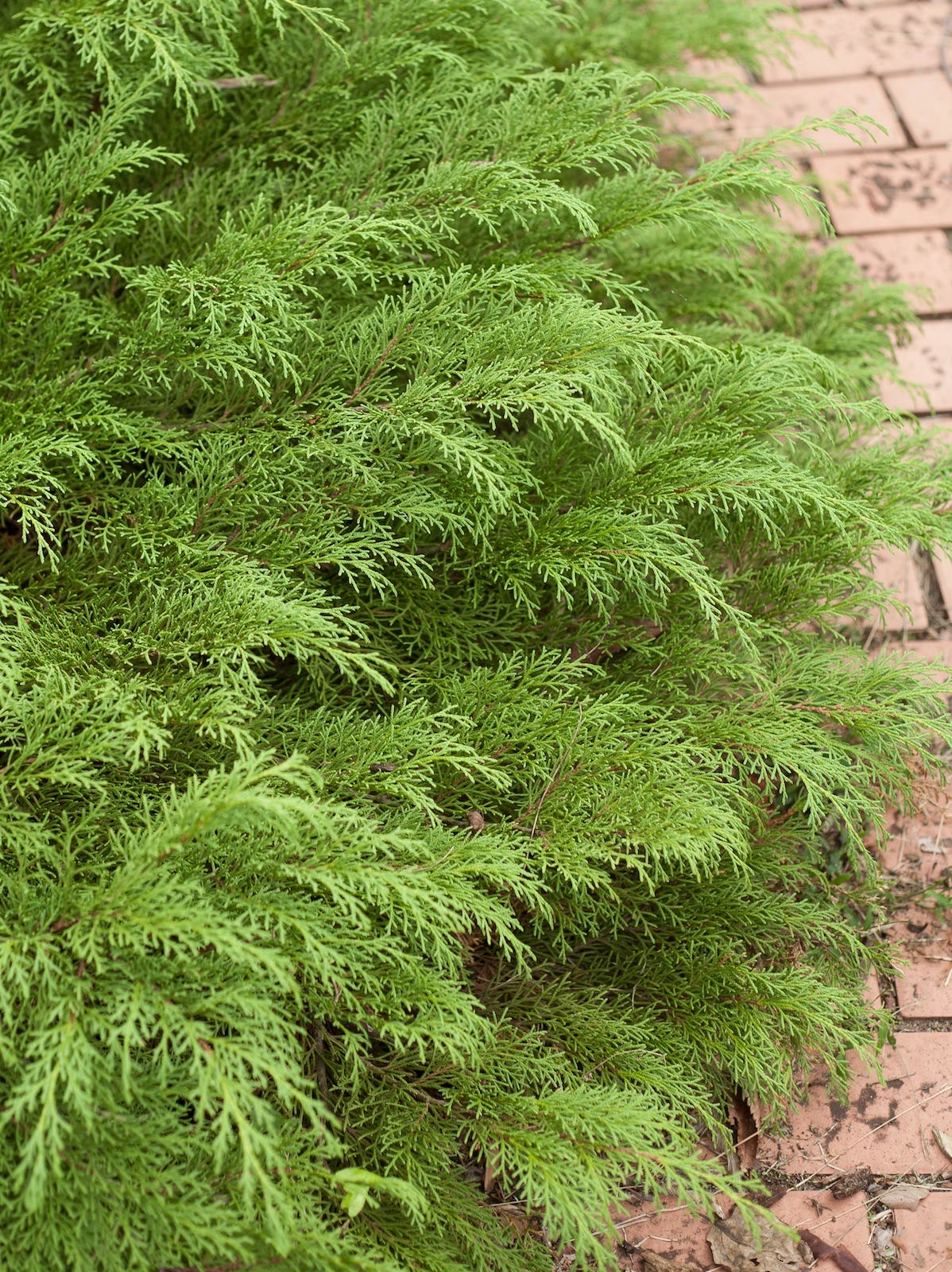Plumleaf Azalea Blooms Bright Orange in Late Summer
Virtues: We love plumleaf azalea (Rhododendron prunifolium) for its bright orange flowers and the fact that it blooms in late summer. This azalea is a native species that feeds hummingbirds….
Virtues: We love plumleaf azalea (Rhododendron prunifolium) for its bright orange flowers and the fact that it blooms in late summer. This azalea is a native species that feeds hummingbirds.
Common name: Plumleaf azalea
Botanical name:Rhododendron prunifolium
Flowers: Trusses of large orange flowers open in late summer. These have pronounced stamens and deep, narrow throats that invite hummingbirds to sip their nectar. Several cultivars exist that offer different shades of orange or deep red.
Foliage: Medium green, oval leaves. The shrub is deciduous and the leaves may take on shades of yellow and orange before they drop off in the fall.
Habit: Plumleaf azalea is a shrub that grows 8 to 12 feet tall, with an open, spreading framework of branches.
Season: Late summer, for flowers.
Origin: Low, moist, woodland ravines of sections of Georgia and Alabama. Though it has a limited native range, the plumleaf azalea is adaptable to growing where other rhododendrons are happy.
How to grow plumleaf azalea: Grow Rhododendron prunifolium in part or full shade and moist but well-draining soil. Like all rhodies and azaleas, it needs acidic soil. USDA Zones 5–9.
Image: "Plumleaf Azalea" by Jsfouche - Own work. Licensed under Creative Commons Attribution-Share Alike 3.0 via Wikimedia Commons.
_______________________________________
Learn to incorporate more native shrubs and plants into your garden in a way that will support wildlife and please the eye. It's all in Rick Darke and Doug Tallamy's The Living Landscape.
Choose shrubs and perennials that won't be nibbled by deer with 50 Beautiful Deer-Resistant Plants.
Create a garden with beauty in every season with the advice of Graham Rice in Powerhouse Plants.







